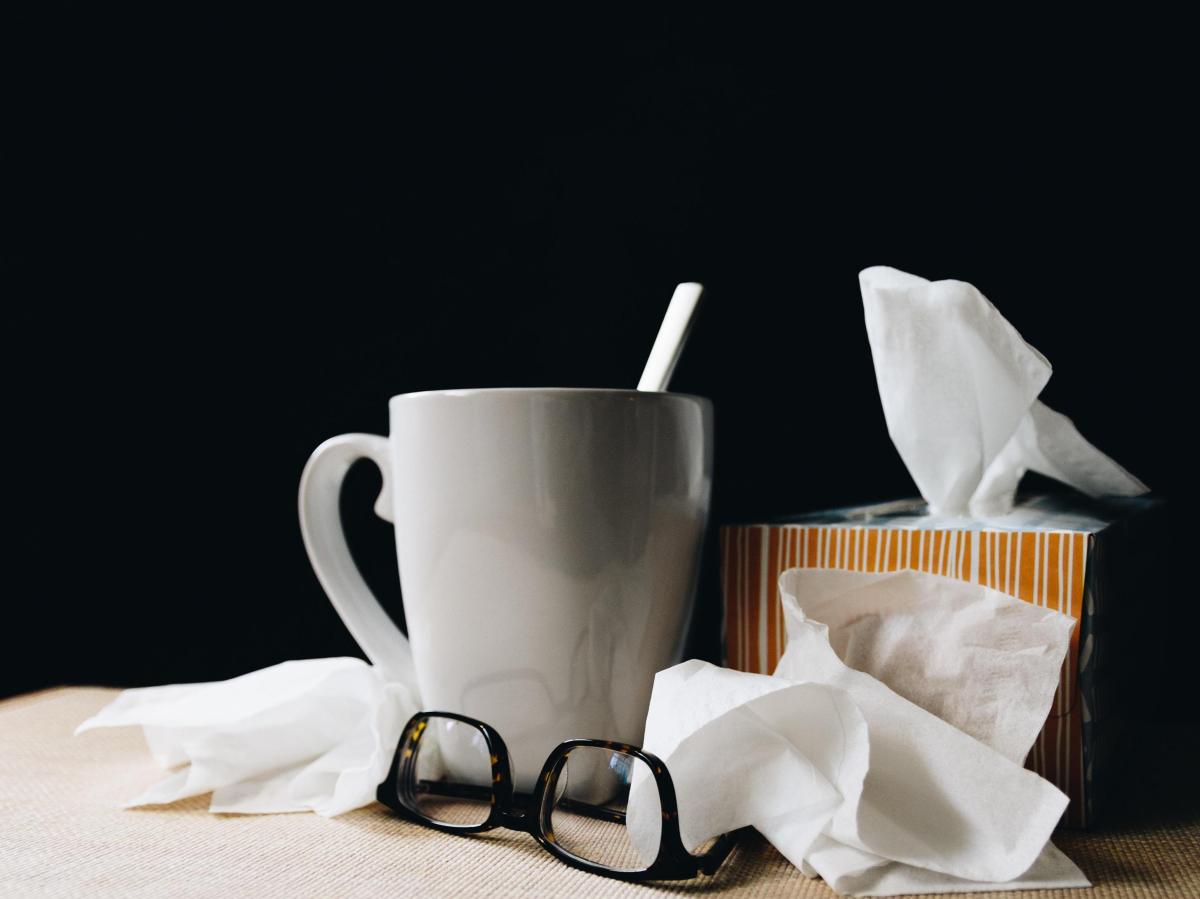Photo by Kelly Sikkema on Unsplash.
The Australian arts industry is in the midst of a wellness revolution. In recent years, health literacy in the arts community has come to the forefront of conversation after a gradual admission that, as an industry, we’re not all that good at taking care of ourselves. Numerous new initiatives have cropped up to address the poor standard of physical and mental wellbeing in the community (for example, Arts Centre Melbourne’s pilot program Arts Wellbeing Collective, now in its third year), and longer term organisations have increased their visibility and reach, such as Support Act, an organisation that now provides a 24/7 counselling service for musicians amongst a range of other services. However, despite a growing awareness of health challenges in the arts sector, and the allocation of funding towards tackling these challenges, a cursory glance within my own peer group (as an arts manager and performer myself) reveals that the majority of us still aren’t prioritising our wellbeing. Having observed these patterns over many years of work within the industry, it’s my opinion that these issues are complex and unique to the individual.
Try as we might, it’s clear that there are numerous challenges associated with developing, and maintaining, a healthy lifestyle whilst working in the arts. I’m sure many readers would have experienced fleeting periods of zeal during which they fully intended to pack their lunch every day for a week, go to bed at a reasonable hour, and exercise regularly. Eventually, though, our work seems to make a fall-off the wellness wagon inevitable. Lack of a consistent routine unravels our best intentions as we’re faced with back-to-back show weeks and peak performance seasons, resulting in long days and nights at the office or venue, and the increasing appeal of relaxing with an adult beverage after a late knock-off. Freelancers and short-term contract workers cite the added complication of job insecurity and the ‘Fear of Missing Out’ (aka FOMO) factor as contributors to overwork: the lack of certainty about future income often leads to biting off more than we can chew, and endeavouring to ‘make hay while the sun shines’.
Consistency, therefore, is our greatest collective challenge when it comes to creating, and maintaining, a lifestyle that emphasises positive physical and mental health. Compounding the issue is the relatively high turnover of staffing within arts companies, meaning that as soon as we get into a groove with a particular health routine, our workplace changes. This has a domino effect on our weekly schedule, our daily commute, and therefore our available time to integrate healthy choices into our working lifestyle. In light of our ever-changing working environments, the best chance we have of optimising our wellbeing long-term is to take personal responsibility for it, in addition to utilising any existing health initiatives in our respective workplaces. Individual responsibility is, I feel, is where we fall short as a community in terms of our approach to self-care. Trying to perform a complete overhaul of your health can feel daunting. Not only might we be unsure of where to start, but finding the time to dedicate to our own wellbeing can feel impossible. How, then, do we begin?
Solving the riddle of our poor sleep, poor nutrition, long hours and work-related stress is a two-step process: recognize, then rectify. Anecdotally, it would seem that the first step is actually the most challenging for many of us. Pausing to evaluate our health (or pausing at all, for that matter) requires us to stop, step out from our daily activities, and really pay attention to how we’re feeling. If we are able to create an opportunity to pause and reflect, we can consider the ‘five pillars’ of our health, and our relationship with each of these elements.
Sleep
Quantity and quality are both integral. A preparation phase for sleep is necessary to combat insomnia and wake feeling rested. Setting some boundaries around sleep can be a positive starting point. These can include dimming lights, creating a device-free hour prior to bedtime, avoiding heavy foods before sleep, and favouring restful activities such as reading over stimulating the brain with Netflix.
Nutrition
A thoughtful diet is key to optimising and maintaining health. This will vary hugely from one individual to another, but as a general rule it is helpful to eat a variety of fresh foods at regular intervals throughout the day. Having healthy snacks on hand in the workplace is a great way to ward off desperate hunger pangs leading to the consumption of nothing but green room sandwiches for an entire week.
Breath
Breathing well whilst asleep and during the day helps regulate body and brain chemistry, reduces stress, and calms the mind (leading to better quality sleep). Breathing effectively is a skill, and takes practice. There are plenty of online platforms that feature simple breathing exercises, but starting and ending the day with 5 deep, slow breaths is a good starting point. Close your eyes, inhale deeply through the nose, all the way down into the belly. Exhale completely and observe the effects.
Movement
We all need to move, and there are thousands of different ways to do so. A sedentary lifestyle has been found to lead to muscle strain, injury, and disease. Walking or cycling to work if possible, creating a standing work station, and setting 5 minute breaks throughout the day for regular stretching are some options to begin a movement practice. Ultimately, you’ll prioritise the forms of exercise that make you feel good, so pick something you enjoy and make time to do it at least 3 times a week.
Mindset
The mind is a thinking machine that can be difficult to switch off! Each day we have thousands of thoughts, and we’re often unaware of our internal dialogue. Negative or stressful thoughts accumulate in the mind, and become reflected in the body. Yoga and meditation are practices that can promote the development of mental clarity and positive mindset.
Overall, it is the implementation of small changes coupled with consistency over time that will result in the improvement of our wellbeing as an arts community. Far too often we wait for burnout or injury to draw a line in the sand for us, leading to a lightbulb moment in which we finally commit to overcoming our unique health identifiers: anxiety, fatigue, stress, illness, the list goes on. The conversation around health literacy in the arts sector has lead to the development of some fantastic resources; now is the time to step out from our habitual behaviour and make use of the existing information.





